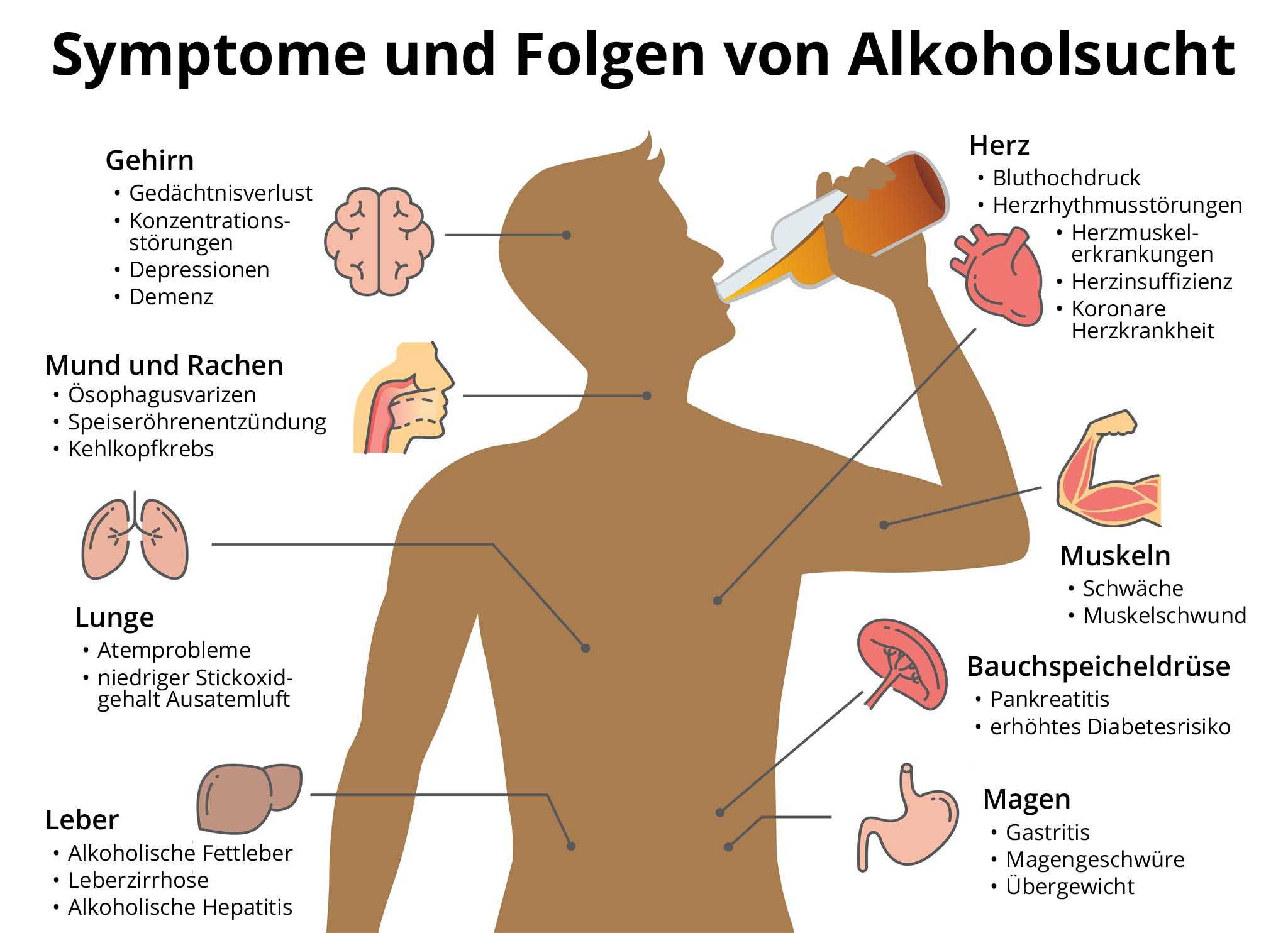Orbital Space Crystals: Revolutionizing Drug Discovery

Table of Contents
Unique Properties of Orbital Space Crystals Enabling Faster Drug Discovery
The exceptional properties of orbital space crystals stem from their formation in the unique environment of space. The absence of gravity's influence leads to significant improvements in crystal quality and growth, ultimately boosting the efficiency of drug discovery.
Superior Crystal Growth in Microgravity
On Earth, convection currents disrupt crystal growth, leading to imperfections and smaller crystal sizes. In the microgravity environment of space, these currents are absent, resulting in the formation of larger, more perfect crystals. This has profound implications for drug discovery:
- Improved Purity: Space-grown crystals exhibit significantly higher purity, reducing the presence of impurities that can interfere with analysis and drug efficacy.
- Reduced Defects: The lack of convection minimizes defects within the crystal lattice, leading to more accurate structural data.
- Enhanced Reproducibility: The consistent microgravity environment allows for highly reproducible crystal growth, enhancing the reliability of research findings.
- Larger Crystals: Larger crystals are easier to handle and analyze, facilitating better data collection. This is particularly crucial for complex protein structures vital for drug development. Examples include protein crystals essential for understanding enzyme mechanisms and receptor-ligand interactions.
Enhanced Crystallization Techniques
The unique conditions of space have necessitated the development of specialized crystallization techniques. Researchers utilize sophisticated equipment and automated systems to optimize crystal growth under microgravity conditions. These advancements include:
- Advanced Diffusion Methods: Techniques like vapor diffusion and liquid-liquid diffusion are refined to take advantage of the microgravity environment, resulting in superior crystal quality.
- Automated Crystallization Systems: Robotic systems are employed to handle delicate crystals and precisely control crystallization parameters.
- Real-time Monitoring: Advanced sensors monitor the crystallization process constantly, enabling precise control and optimization.
Improved Data Collection and Analysis
The high-quality crystals grown in space significantly enhance data collection using techniques like X-ray crystallography. The resulting data is:
- Higher Resolution: Leading to more precise determination of protein structures and drug-target interactions.
- Increased Accuracy: Minimizing errors and increasing the reliability of the structural data.
- Better Understanding of Drug Mechanisms: Allowing researchers to better understand how drugs interact with their targets at a molecular level.
Applications of Orbital Space Crystals in Drug Development
The superior quality of orbital space crystals has far-reaching implications for various stages of drug development.
Accelerating the Drug Discovery Pipeline
The improved crystal quality translates directly into faster structure determination. This, in turn, accelerates the entire drug discovery pipeline:
- Faster Lead Identification: Researchers can quickly identify potential drug candidates based on their interaction with target proteins.
- Optimized Drug Design: More precise structural data enables the design of drugs with improved efficacy and reduced side effects.
- Reduced Development Time: The overall time required to bring a drug to market is significantly shortened, leading to faster patient access to much-needed treatments. Examples include ongoing research utilizing space-grown crystals for developing novel treatments for Alzheimer's disease and certain types of cancers.
Identifying Novel Drug Targets
Orbital space crystals also aid in the identification of novel drug targets. By enabling the study of complex protein structures, researchers can:
- Discover New Therapeutic Pathways: Identifying previously unknown targets offers opportunities to develop drugs for currently incurable diseases.
- Understanding Disease Mechanisms: High-resolution structures provide valuable insights into the mechanisms of diseases, informing the design of more effective treatments.
- Personalized Medicine: Improved understanding of individual variations in protein structure may lead to personalized medicine approaches. This is particularly promising in fields like oncology and infectious diseases.
Optimizing Drug Delivery Systems
Space-grown crystals may play a crucial role in developing advanced drug delivery systems:
- Targeted Drug Delivery: Enabling the precise delivery of drugs to specific cells or tissues, reducing side effects and improving therapeutic efficacy.
- Improved Bioavailability: Enhancing the absorption and utilization of drugs by the body.
- Nanomedicine Applications: Creating novel nanomaterials for drug delivery and other therapeutic applications.
Challenges and Future Directions of Orbital Space Crystals
Despite the significant potential, challenges remain in harnessing the full power of orbital space crystals.
Cost and Accessibility
The high cost of space-based research remains a significant barrier. Addressing this challenge requires:
- Development of More Efficient Technologies: Reducing the cost of crystal growth and transportation.
- Public-Private Partnerships: Fostering collaborations between space agencies, research institutions, and pharmaceutical companies to share resources and expertise.
- Ground-Based Simulations: Developing ground-based technologies that mimic the microgravity environment, to reduce reliance on space-based experiments.
Scaling Up Production
Meeting the demands of the pharmaceutical industry requires scaling up the production of space-grown crystals:
- Automation and Robotics: Implementing automated systems for crystal growth and processing.
- Advanced Manufacturing Techniques: Exploring novel approaches for large-scale crystal production.
- Specialized Space Infrastructure: Developing dedicated space facilities optimized for crystal growth and processing.
Future Research and Development
Ongoing research and development efforts are focused on:
- Improving Crystallization Techniques: Further refining methods to enhance crystal quality and yield.
- Exploring New Applications: Expanding the use of orbital space crystals beyond drug discovery.
- Strengthening International Collaboration: Facilitating collaboration among researchers worldwide to accelerate progress in this field.
Conclusion
Orbital space crystals are proving to be a game-changer in drug discovery. Their superior quality, leading to faster development times and the potential for identifying novel drug targets, offers unprecedented opportunities for advancing medicine. The improved purity, reduced defects, and enhanced reproducibility of these crystals significantly accelerate the drug development pipeline, leading to faster and more efficient drug development. Learn more about the transformative potential of orbital space crystals and their role in revolutionizing drug discovery. Explore the latest advancements in space-based pharmaceutical research.

Featured Posts
-
 Big Rig Rock Report 3 12 Key Updates From 98 5 The Fox
May 23, 2025
Big Rig Rock Report 3 12 Key Updates From 98 5 The Fox
May 23, 2025 -
 Every Pete Townshend Solo Album Ranked A Critical Review
May 23, 2025
Every Pete Townshend Solo Album Ranked A Critical Review
May 23, 2025 -
 Savannah Guthries Absence Meet Her Temporary Today Show Partner
May 23, 2025
Savannah Guthries Absence Meet Her Temporary Today Show Partner
May 23, 2025 -
 Emissary Reveals Hamas Deception The Witkoff Account
May 23, 2025
Emissary Reveals Hamas Deception The Witkoff Account
May 23, 2025 -
 Tva Group Layoffs 30 Jobs Cut Amid Streaming Competition And Regulatory Pressure
May 23, 2025
Tva Group Layoffs 30 Jobs Cut Amid Streaming Competition And Regulatory Pressure
May 23, 2025
Latest Posts
-
 Ferrari Owners Guide Key Gear And Accessories
May 24, 2025
Ferrari Owners Guide Key Gear And Accessories
May 24, 2025 -
 Neues Aus Essen Berichte Von Der Umgebung Des Uniklinikums
May 24, 2025
Neues Aus Essen Berichte Von Der Umgebung Des Uniklinikums
May 24, 2025 -
 In Der Naehe Des Essener Uniklinikums Eine Bewegende Geschichte
May 24, 2025
In Der Naehe Des Essener Uniklinikums Eine Bewegende Geschichte
May 24, 2025 -
 Alajhzt Alamnyt Alalmanyt Wmdahmat Almshjeyn Ma Hy Alasbab
May 24, 2025
Alajhzt Alamnyt Alalmanyt Wmdahmat Almshjeyn Ma Hy Alasbab
May 24, 2025 -
 Essen Uniklinikum Aktuelle Ereignisse Und Ihre Auswirkungen
May 24, 2025
Essen Uniklinikum Aktuelle Ereignisse Und Ihre Auswirkungen
May 24, 2025
